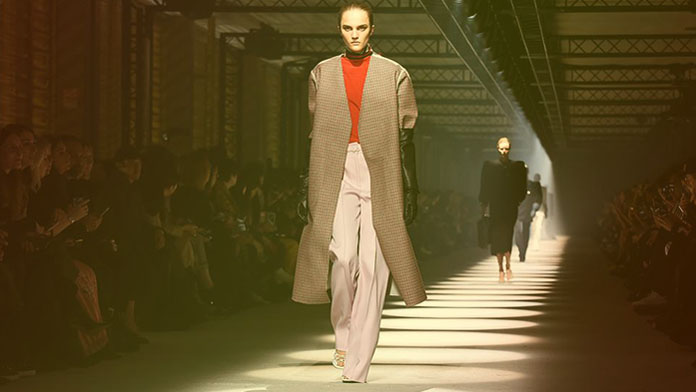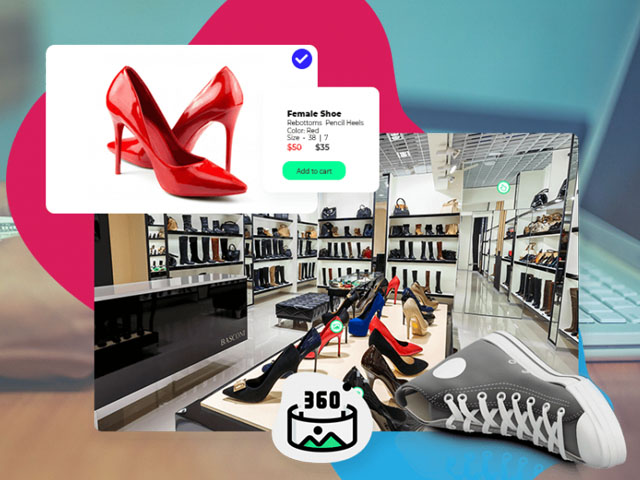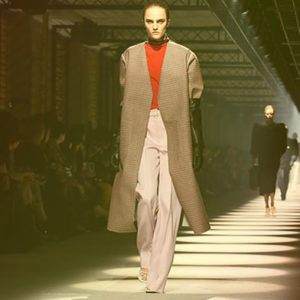What Does Apparel And Luxury Brand Marketing Look Like After-Corona?

Are fewer stores open on Main Street in your city? We are creating a new normal in many areas of the global economy. Travel, hospitality, restaurants and retailers are having to pivot to new business models faster than they ever imagined in order to survive.
The fashion industry has been hit especially hard by the effects of the coronavirus pandemic since there was a shift in consumer sentiment and people now tend to only buy necessary items. According to Boston Consulting Group, revenue generated by the fashion industry dropped by more than one-third in 2020, which is equivalent to around $640 billion in lost sales.
Additionally, many fashion brands had to close down retail stores. The world’s second-biggest fashion retailer, H&M, plans to close 250 of its 5,000 stores globally, and the Zara owner Inditex SA already closed over 1,000 retail shops earlier this year.
But here’s something really interesting…
As a response to the coronavirus pandemic and its effects, many fashion brands are moving toward digital solutions. For example, Inditex SA invested $3 billion to boost the e-commerce operations of chains like Zara and Bershka. This trend toward digitization is also mirrored in fashion marketing.
Chatbots and other digital solutions are an easy way to offer a more personalized shopping experience, which translates to higher customer satisfaction and more sales. Some brands are also offering virtual stores to mimic the retail shopping experience. They have launched a 360-degree view virtual store where customers can walk through the whole store and look at items, just like in a regular retail store.




